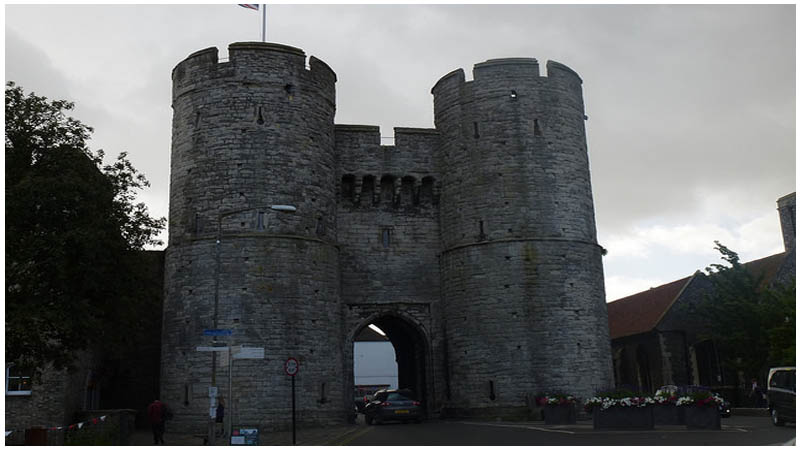Ruins and remnants of ancient architecture hold a certain fascination for modern people. Such is the example of Westgate Towers, the largest surviving city gate in England and the only one of the seven medieval gates into the city of Canterbury, England, that is still standing.
The Romans were the first to build a protective wall around the city somewhere around 300 A.D. They chose to place their main entrance, through which the London Road entered Canterbury, next to the River Stour, meaning any would-be attackers would have to first cross this natural barrier. The existing 60-foot towers were built circa 1380 to replace the old Roman gate.
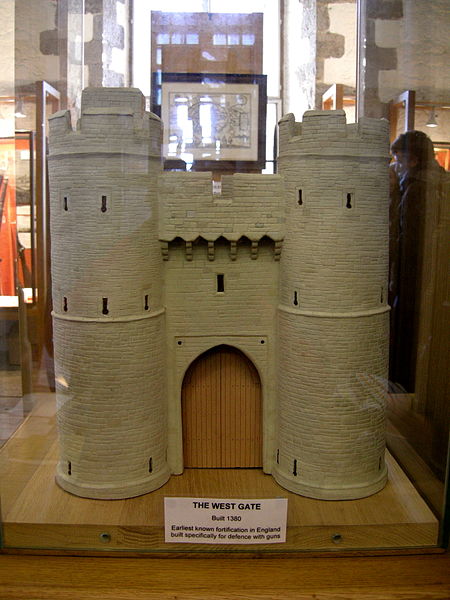
The reconstruction was overseen, and partly funded, by Archbishop Simon Sudbury. It served a dual purpose; extra protection from anticipated attacks by the French, and as an impressive entrance to the city for pilgrims who came to visit the shrine of St. Thomas Becket in Canterbury Cathedral.
Westgate would have looked much like a picture-book medieval castle entrance; to enter the city, you would have to cross the drawbridge over the river, then pass underneath the archway and through the well defended passage between the outer and inner gates. The city gates were closed every night and were important in protecting the city.
The body of another martyr to his cause was brought to Canterbury in 1540, although in slightly more gruesome circumstances. On this occasion, King Henry VI ordered that the head of Bluebeard the Hermit–one of the leaders in a short-lived civil uprising–be displayed over the Westgate to remind the people of the potential fate of traitors.
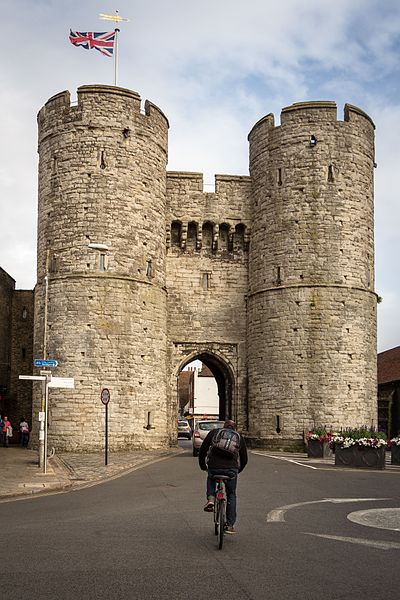
It was also Henry VI who gave permission, in 1453, for part of the gate to be used as a jailhouse. It served for four centuries as the city gaol, during which time the gate towers and their surroundings underwent many changes. The drawbridge was removed and replaced with a twin-arched stone bridge during the 16th century.
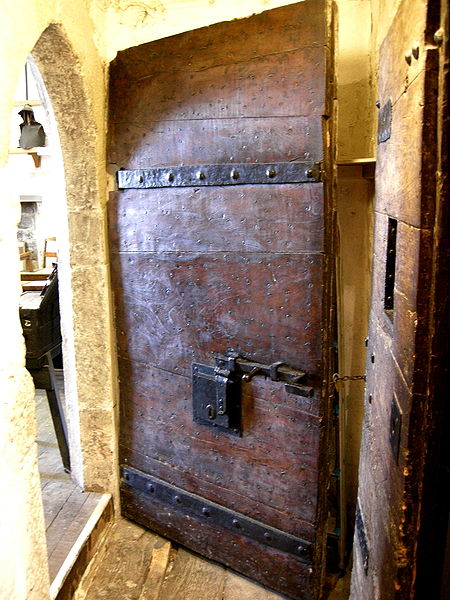
The original wooden gates were burned and part of the wall connecting the gatehouse to Canterbury Castle was destroyed during the Second English Civil War. The gates were replaced 12 years later, in 1660, and remained in use until they were removed in 1793.
Westgate was renovated in 1667 — new cell doors were added that can that can still be seen by visitors today, and a pound to hold livestock was built adjoining the north wall. Up until 1775 there was a barred cell that allowed prisoners to talk to passersby and beg for alms.
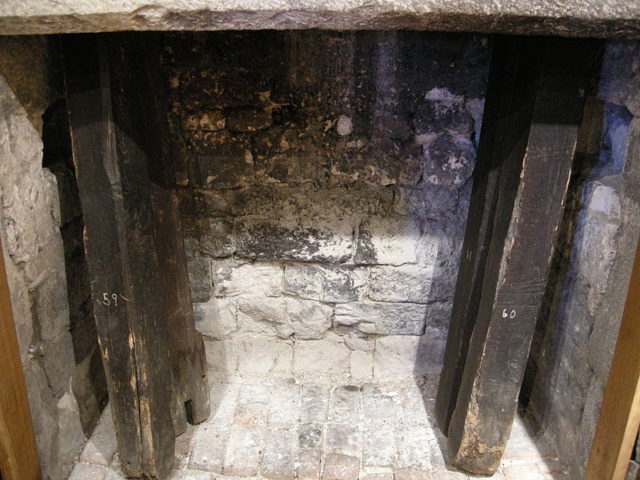
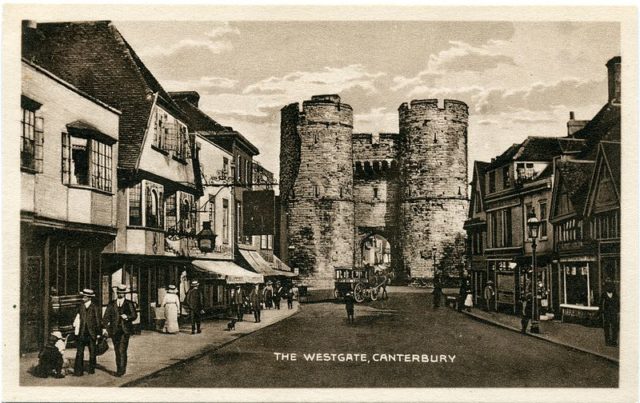
As years came and went, the city of Canterbury kept growing until it reached Westgate itself. Most of the remaining city walls were demolished by the 1800s to make room for this expansion. In 1829, a jailhouse extension and house for the jailer were erected where the pound had once stood; after the jail was closed in 1870, this building became the city police station, then in 1966 the Kent Music School moved in. In recent years has been turned into a cafe and bar. The gatehouse itself was used during the later part of the 19th century as a repository for Canterbury’s archive.
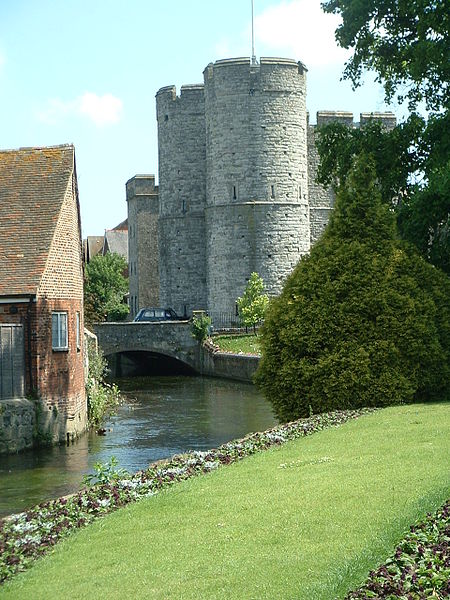
Westgate was opened as a museum in 1906. In 2010 there was a proposal by the City Council for the museum to be closed due to lack of funding. Charles Lambie, the chairman of Canterbury Archaeological Trust, stepped in with plans to raise funds to refurbish and reopen the museum, including an extension that would focus on Westgate’s history as a prison.
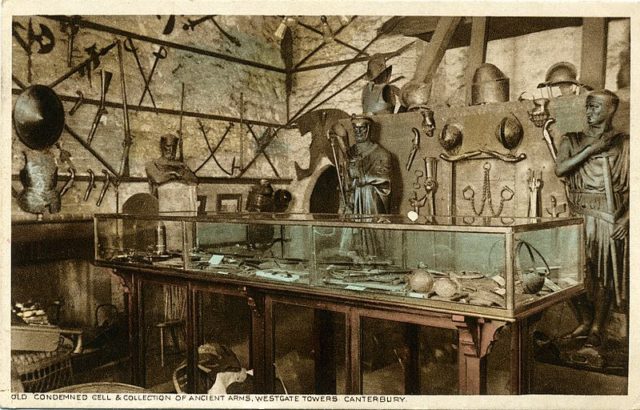
Visitors to the Westgate Towers Museum and Viewpoint can now see how the original cells would have looked, or walk on the battlements for a view over the city. And those who are brave enough can attempt to break out of the jailhouse escape room.
